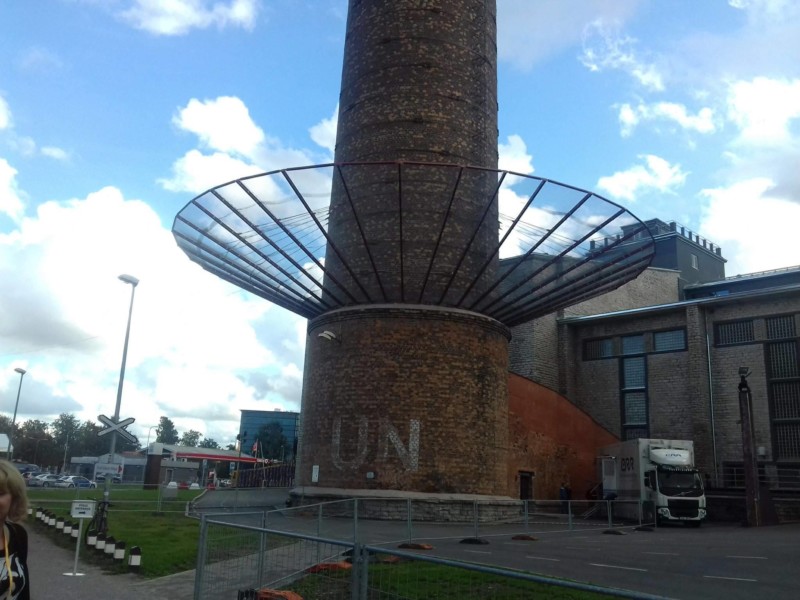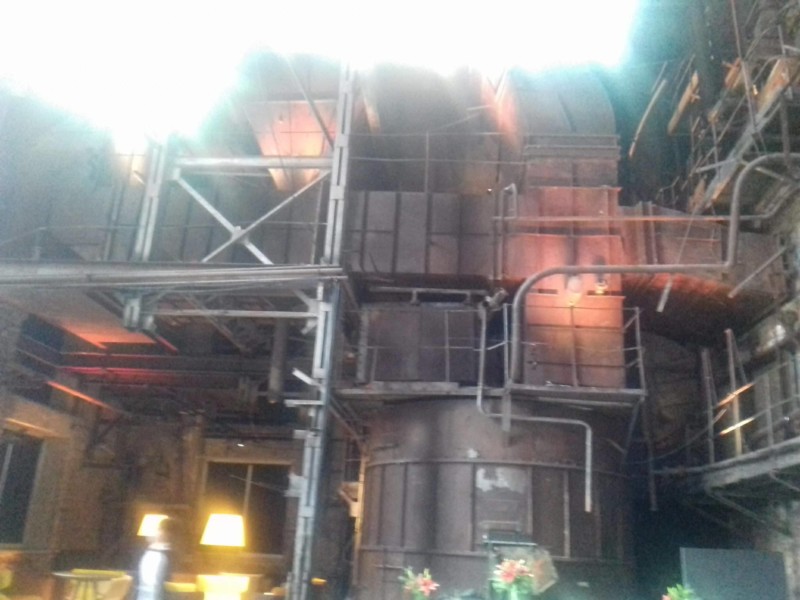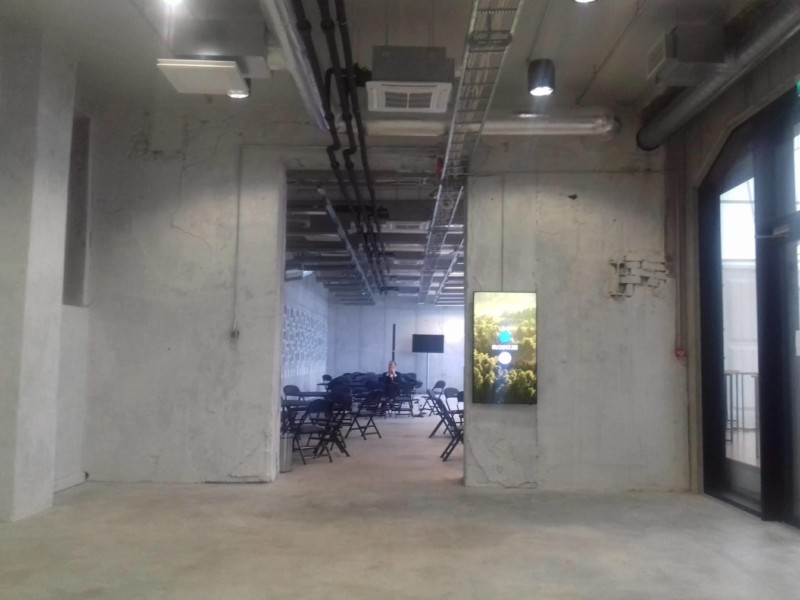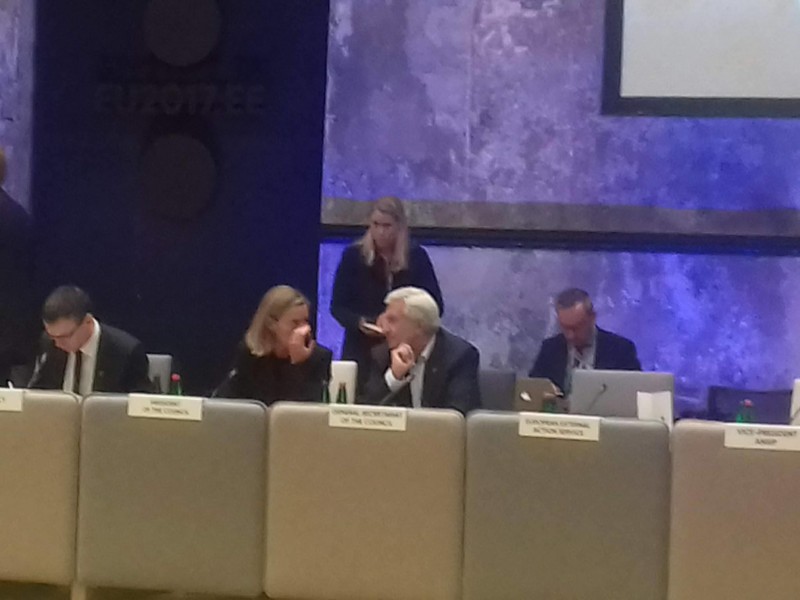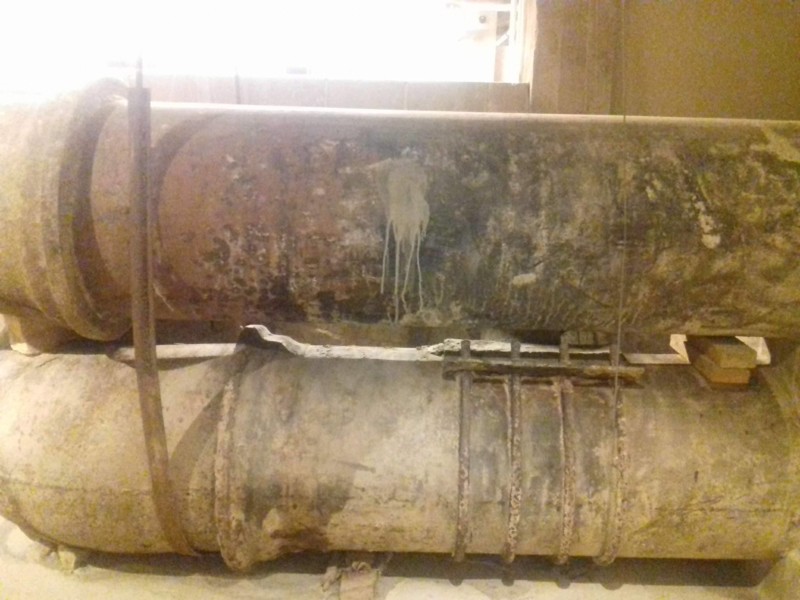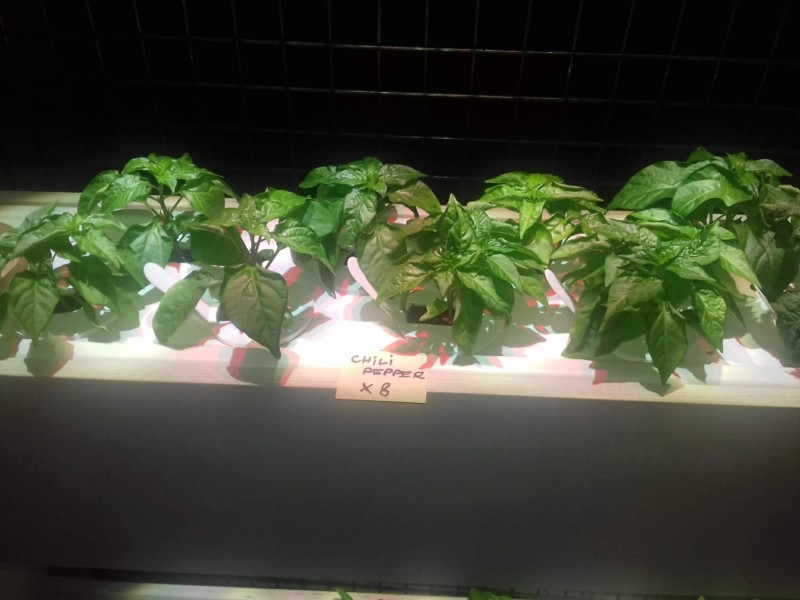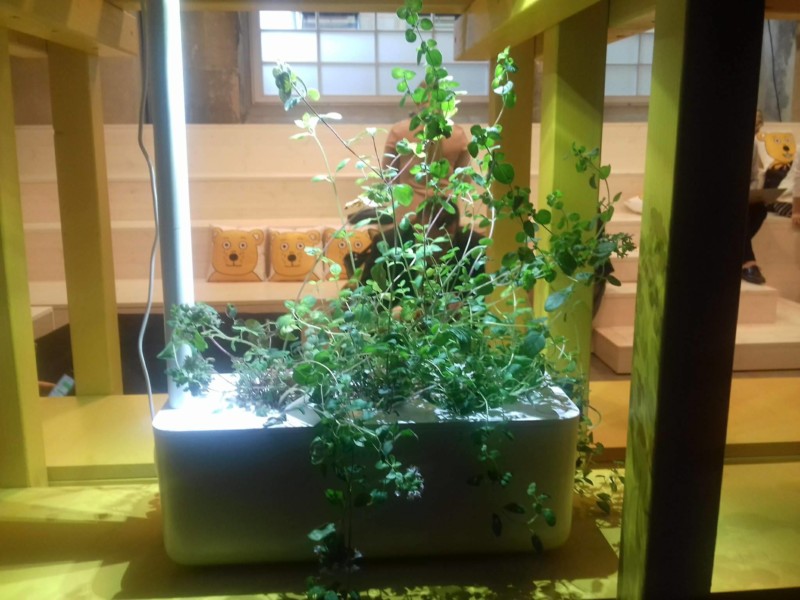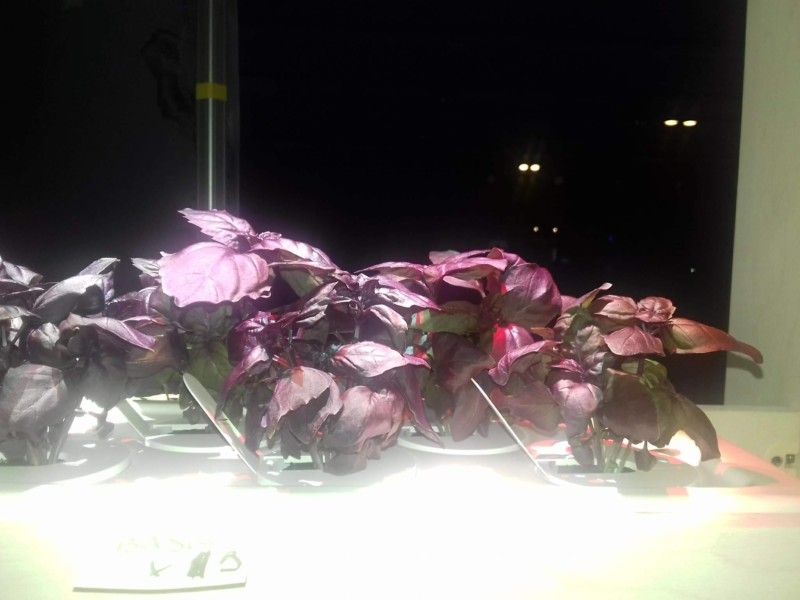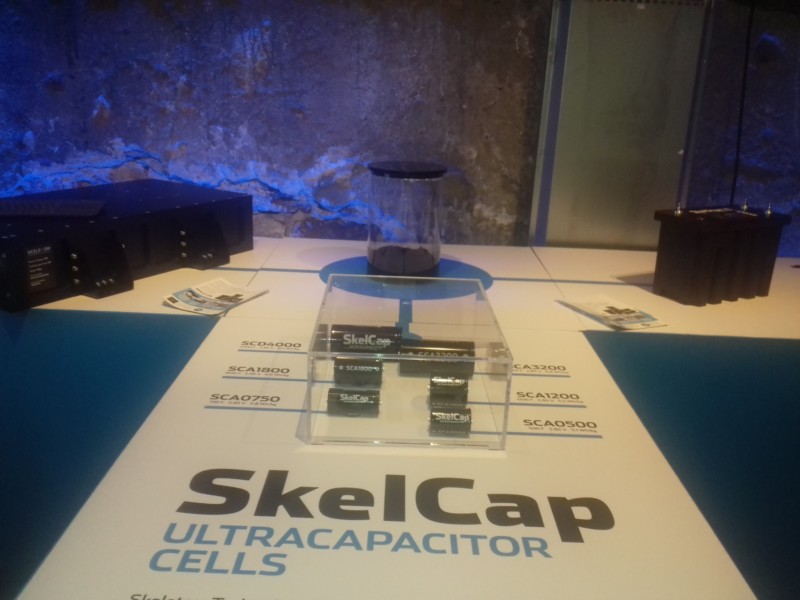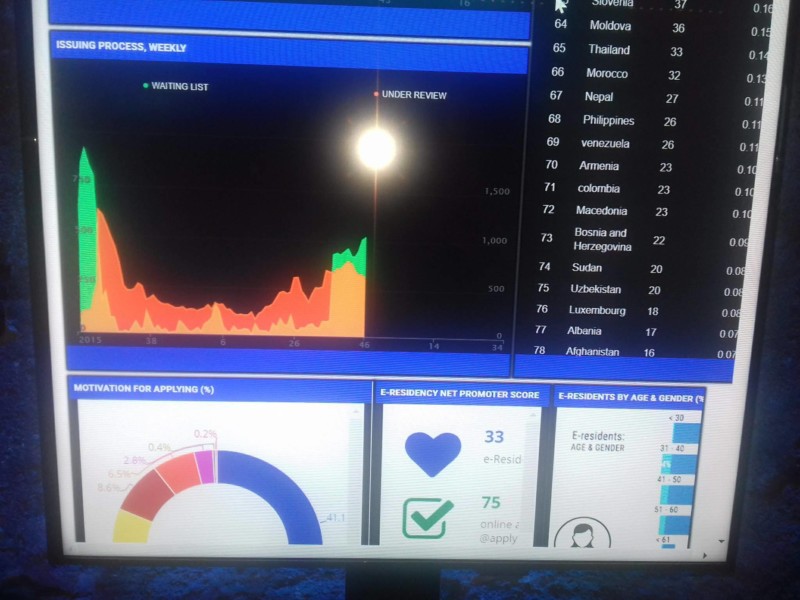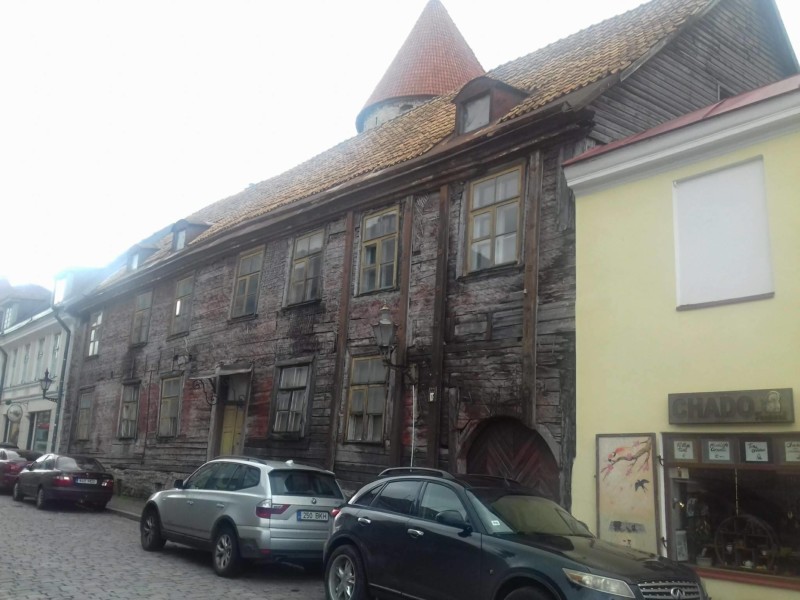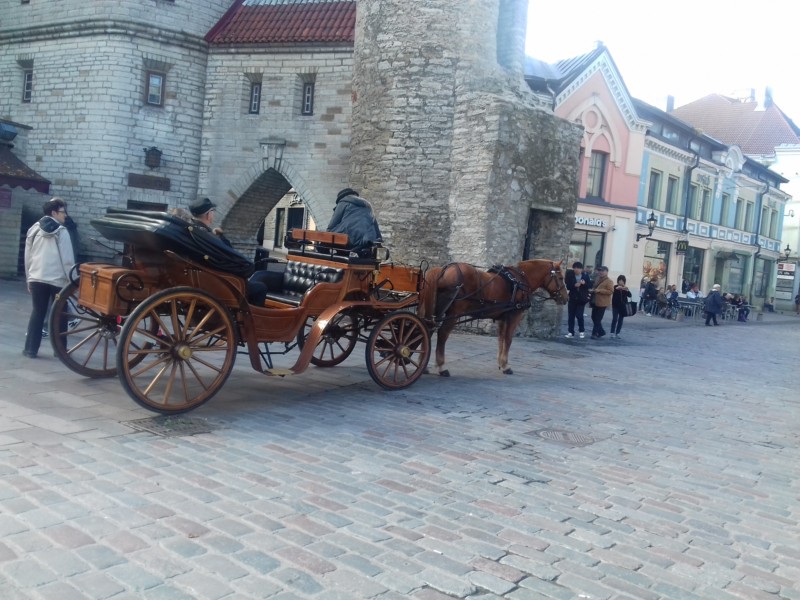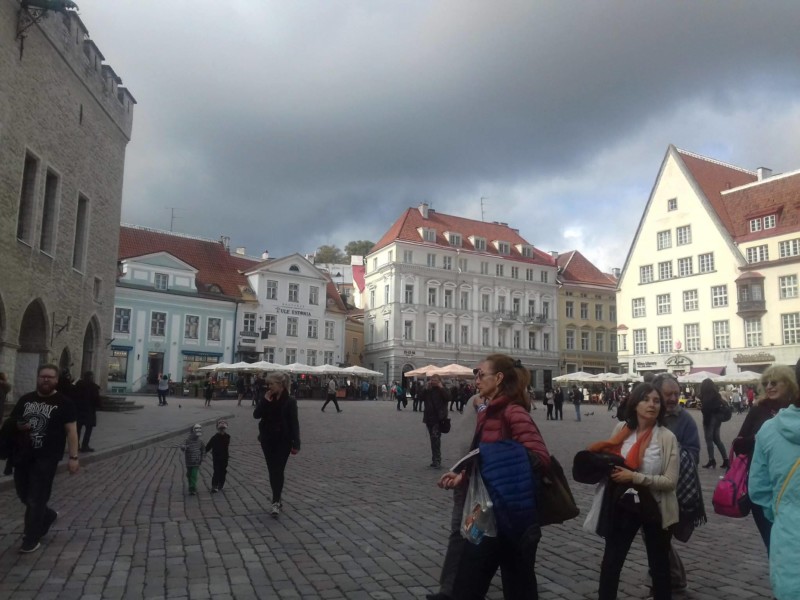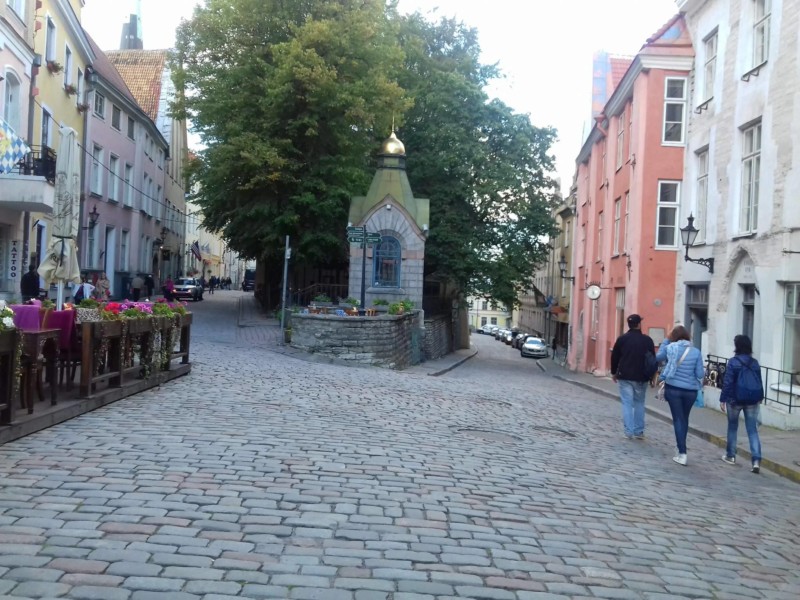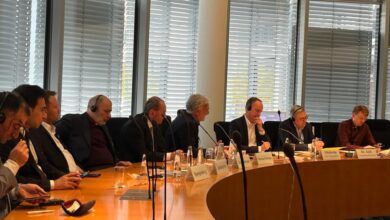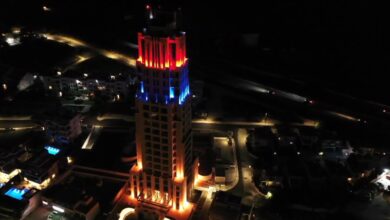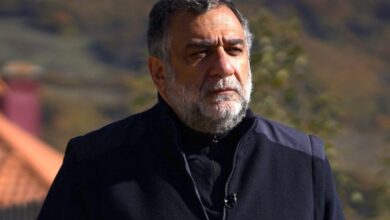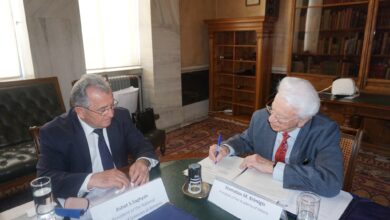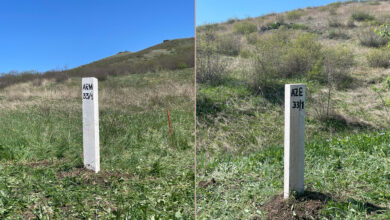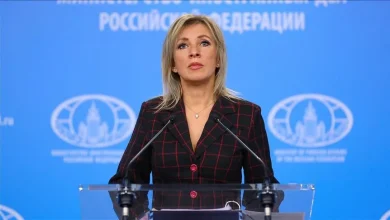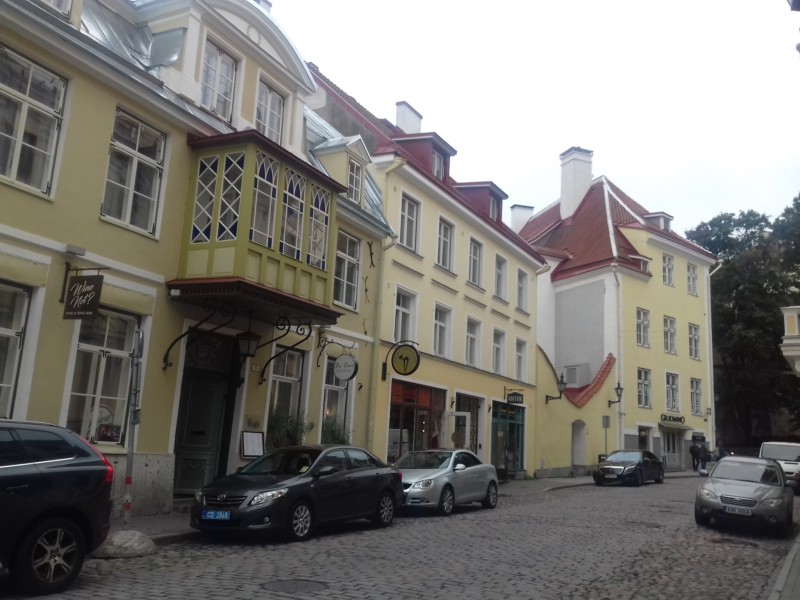

Estonia seems to have combined the incompatible during its presidency of the Council of the European Union.
Kultuurikatel translated as “cultural boiler” is the main venue of the events the country hosts during its presidency of the EU Council in the second half of 2017. Built in 1913, the building served as Tallin’s central power plant until 1979. But why has Estonia, which will hold presidency until the end of 2017, opted for this venue?
“The European Union was fist formed as European Coal and Steel Community. Therefore, we are returning to the roots and holding sittings in a venue where coal and steel played a key role. Today, more than ever, Europe needs unity and return to the roots to be able to move forward despite the existing challenges,” said Olga Korneitcik, Media Adviser for EU presidency.
The plant was once equipped with most innovative technologies of the time, and this is another reason that underlies the decision, as Estonia has recommended itself as a one of the most technologically advanced nations in Europe.
According to Olga Korneitcik, offering most various digital solutions is one of the priorities of the Estonian presidency, and the topic is always high on the agenda during any discussion.
“Estonia is known for its well-developed internet. We have introduced an electronic voting system and are providing so- called e-residency. We have much to offer the world in this respect, that’s why we call the Estonian chairmanship of the EU Council e-presidency or digital presidency,” Olga Korneitcik said.
Contrast is everywhere in this cultural boiler. Under a ceiling of rotten tubes, a cute robot created by Estonian specialists is offering candies to guests.
“It’s actually a delivery robot. It usually delivers packages to clients, but here we have little bit modified it and it is offering candies to everybody. It is fully autonomous and is using cameras, radars ad sensors to understand where he is and where he has to go,” said Risto Hansen, Adviser for EU Presidency.
Around the house one can see a number of smart greenhouses. Everyone can taste beet, basil or even chili pepper. Click and grow – this is another Estonian innovation.
“You just need to buy the pot, add water and plug it in. The computer knows how much water and light the plant needs. As the plant grows it will get all nutrition and vitamins from the soil,” Risto Hansen said.
The list can be continued. An Estonian electronic company is producing ultracapacitors on the basis of grapheme, a new type of nanomaterial, which is a very good electricity connector. The ultracapacitors can be recharged for over than a million times. “At these moment these products are not for consumers. They are used for industries heavy transportation, space, also medical equipment,” Hansen said.
Estonia also boasts a system of e-residency, which provides anyone in the world with an opportunity to start business in the country, open a bank account and use a wide range of digital services. Twenty-three citizens of Armenia have applied for and received an e-residency status; Armenia is the 70th in the list.
This combination of the old and the new is certainly a matter of taste. Organizers say, however, that it’s not important whether anyone likes it or not. One thing is for sure – the Estonian presidency will always be remembered.
In general, antiquity seems to have become Estonia’s “brand.” Walking along the streets of the Old City, you have the feeling you have travelled a century back or have found yourself in a movie shooting scene. It seems a horse-drawn carriage will soon turn around the corner.
And it suddenly does. Tourists here take a ride in carriages rather than double-decker buses.
Estonia is a country of contrasts. Innovation and antiquity go hand in hand, advanced technologies and progress have not wiped out everything on their path as is often the case.


